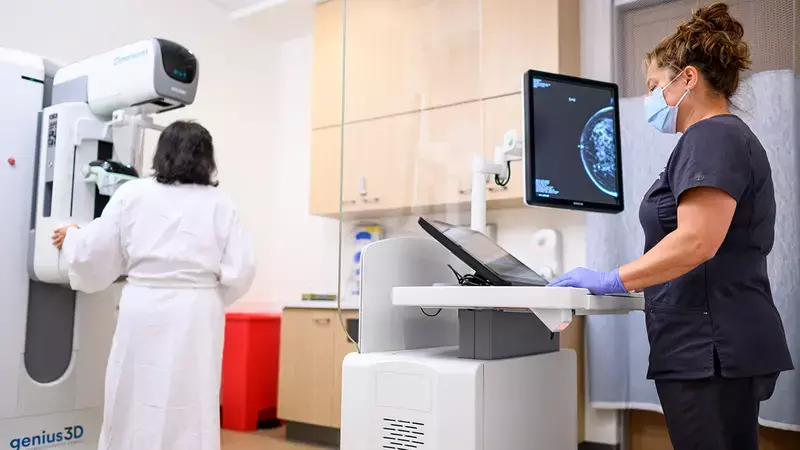- Home
- Medical news & Guidelines
- Anesthesiology
- Cardiology and CTVS
- Critical Care
- Dentistry
- Dermatology
- Diabetes and Endocrinology
- ENT
- Gastroenterology
- Medicine
- Nephrology
- Neurology
- Obstretics-Gynaecology
- Oncology
- Ophthalmology
- Orthopaedics
- Pediatrics-Neonatology
- Psychiatry
- Pulmonology
- Radiology
- Surgery
- Urology
- Laboratory Medicine
- Diet
- Nursing
- Paramedical
- Physiotherapy
- Health news
- Fact Check
- Bone Health Fact Check
- Brain Health Fact Check
- Cancer Related Fact Check
- Child Care Fact Check
- Dental and oral health fact check
- Diabetes and metabolic health fact check
- Diet and Nutrition Fact Check
- Eye and ENT Care Fact Check
- Fitness fact check
- Gut health fact check
- Heart health fact check
- Kidney health fact check
- Medical education fact check
- Men's health fact check
- Respiratory fact check
- Skin and hair care fact check
- Vaccine and Immunization fact check
- Women's health fact check
- AYUSH
- State News
- Andaman and Nicobar Islands
- Andhra Pradesh
- Arunachal Pradesh
- Assam
- Bihar
- Chandigarh
- Chattisgarh
- Dadra and Nagar Haveli
- Daman and Diu
- Delhi
- Goa
- Gujarat
- Haryana
- Himachal Pradesh
- Jammu & Kashmir
- Jharkhand
- Karnataka
- Kerala
- Ladakh
- Lakshadweep
- Madhya Pradesh
- Maharashtra
- Manipur
- Meghalaya
- Mizoram
- Nagaland
- Odisha
- Puducherry
- Punjab
- Rajasthan
- Sikkim
- Tamil Nadu
- Telangana
- Tripura
- Uttar Pradesh
- Uttrakhand
- West Bengal
- Medical Education
- Industry
Mammography Breasts density independent predictor of lymphoedema in operated breast cancer

Nearly 1 in 5 patients with breast cancer who undergo an axillary lymph node dissection (ALND) experiences secondary lymphedema as a surgical complication. In a recent study, researchers have found that patients with low breast density are at a higher risk of developing severe lymphedema. The research has been published in the JAMA Network Open on November 11, 2020.
Lymphedema becomes increasingly challenging to treat over time because of the development of progressive fibrosis during the late stages of this condition. Understanding who is at greatest risk of lymphedema will facilitate monitoring, earlier disease diagnosis, and early initiation of therapies to decrease disease morbidity. To date, the main biological factor identified is high body mass index. Biologically, BMI is a gross estimate of the body adiposity of an individual based on height and weight. Across different studies, BMI has demonstrated a high variation in the significance and effect size with regard to lymphedema risk. To appropriately triage and monitor these patients for timely diagnosis and treatment, robust risk models are required. For this purpose researchers of Toronto, Canada conducted a study to evaluate the prognostic value of mammographic breast density in estimating lymphedema severity.
It was a randomized prognostic study of 373 women (median age 52 years) who had completed curative treatment for the first diagnosis of breast cancer. Researchers collected data from July 16, 2018, to March 3, 2020, from the electronic health records of patients of the Cancer Rehabilitation and Survivorship Program at the Princess Margaret Cancer Centre in Toronto, Ontario, Canada. They were randomly assigned to either training (n=247) or validation (n=126) cohorts. They also included patients who received follow-up care at the study center from January 1, 2016, to May 1, 2018. Researchers assessed the patients demographic and clinical characteristics included age, sex, body mass index (BMI), medical history, cancer characteristics, and cancer treatment. They used Spearman correlation model to calculate the measured and predicted volume of lymphedema. They determined Area under the curve (AUC) values for predicting the occurrence of at least mild lymphedema (volume, >200 mL) and severe lymphedema (volume, >500 mL) at the time of initial lymphedema diagnosis.
Key findings of the result:
♦ Upon multivariate linear regression, they identified 3 patient factors (age, BMI, and mammographic breast density), 1 cancer factor (number of pathological lymph nodes), and 1 treatment factor (axillary lymph node dissection) as independent prognostic variables.
♦ The found that there was a significant moderate correlation between the predicted and measured values of lymphedema volume, with Spearman correlation coefficients of 0.53 and 0.42 in the training and validation data sets, respectively.
♦ In the validation cohort, the area under the receiver operating characteristic curve values were 0.72 for predicting mild lymphedema (>200 to ≤500 mL) and 0.83 for severe lymphedema (>500 mL).
The authors concluded, "This prognostic study found that patients with low breast density appeared to be at a higher risk of developing severe lymphedema. The finding suggests that by combining breast density with established risk factors a multivariate linear regression model could be used to predict the development of lymphedema and provide volumetric estimates of lymphedema severity in patients with breast cancer".
For further information:
https://jamanetwork.com/journals/jamanetworkopen/fullarticle/2772800
Medical Dialogues Bureau consists of a team of passionate medical/scientific writers, led by doctors and healthcare researchers. Our team efforts to bring you updated and timely news about the important happenings of the medical and healthcare sector. Our editorial team can be reached at editorial@medicaldialogues.in.
Dr Kamal Kant Kohli-MBBS, DTCD- a chest specialist with more than 30 years of practice and a flair for writing clinical articles, Dr Kamal Kant Kohli joined Medical Dialogues as a Chief Editor of Medical News. Besides writing articles, as an editor, he proofreads and verifies all the medical content published on Medical Dialogues including those coming from journals, studies,medical conferences,guidelines etc. Email: drkohli@medicaldialogues.in. Contact no. 011-43720751


